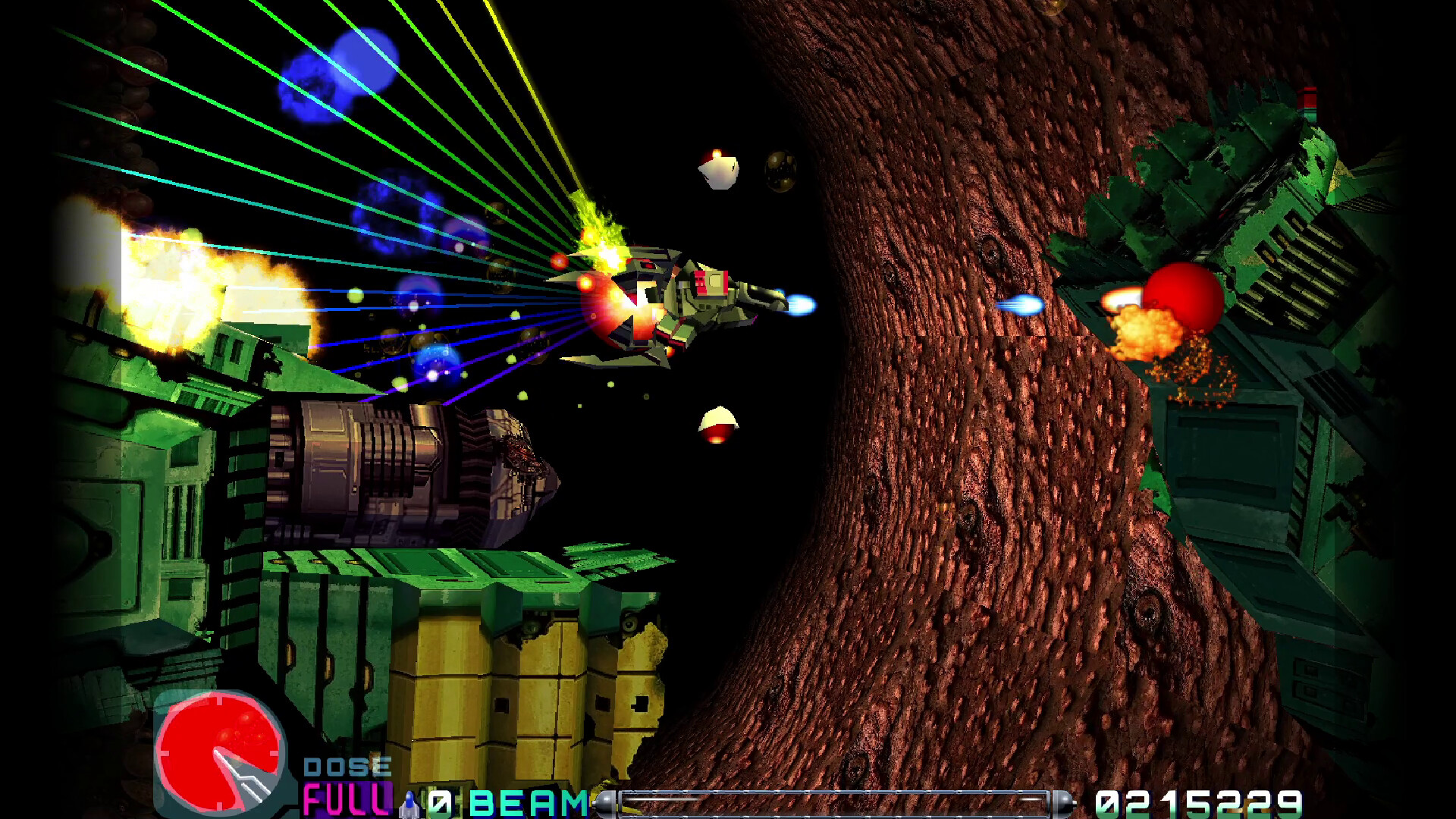I've been a designer for 20 years – here's the kind of AI we actually want
Where AI is going wrong, and the tools designers actually need.
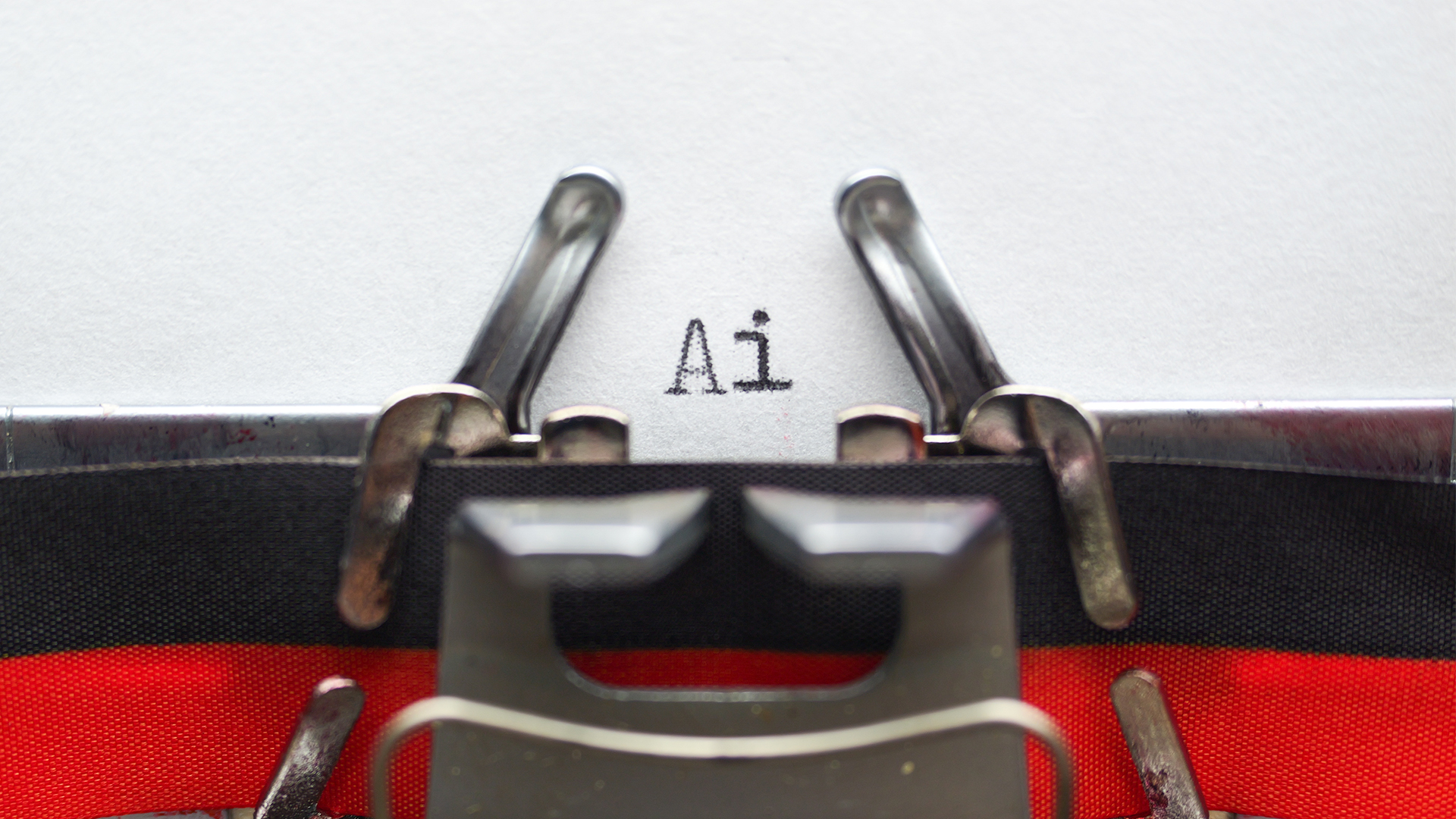
Let’s get one thing straight: Most AI tools for real-world designers today exist outside the act of creation.
Built to impress – not to support. And today’s browsers are not fit-for-purpose for the design process.
They ask designers to pause their work, stop designing to start searching, or leave their flow state entirely just to interact with something that promises help.
But design doesn’t work like that.
Design is movement. It has forward momentum. It's reactionary. Because the real magic of design happens in the middle of a great creative mess – not at the moment when you hit “generate”.
That’s why real-world designers don’t want Fictional AI, AI that produces fantasy slop.
They want Practical AI, tools that help you flow better, faster, and with less friction –without ever stepping out of your zone.
But Practical AI tools have to live inside the creative act. Not as an assistant in the corner but as an exo-skeleton expanding and organising your Great Creative Mess.
Let’s dig in… (then see this practical guide for using AI in architecture).
Daily design news, reviews, how-tos and more, as picked by the editors.
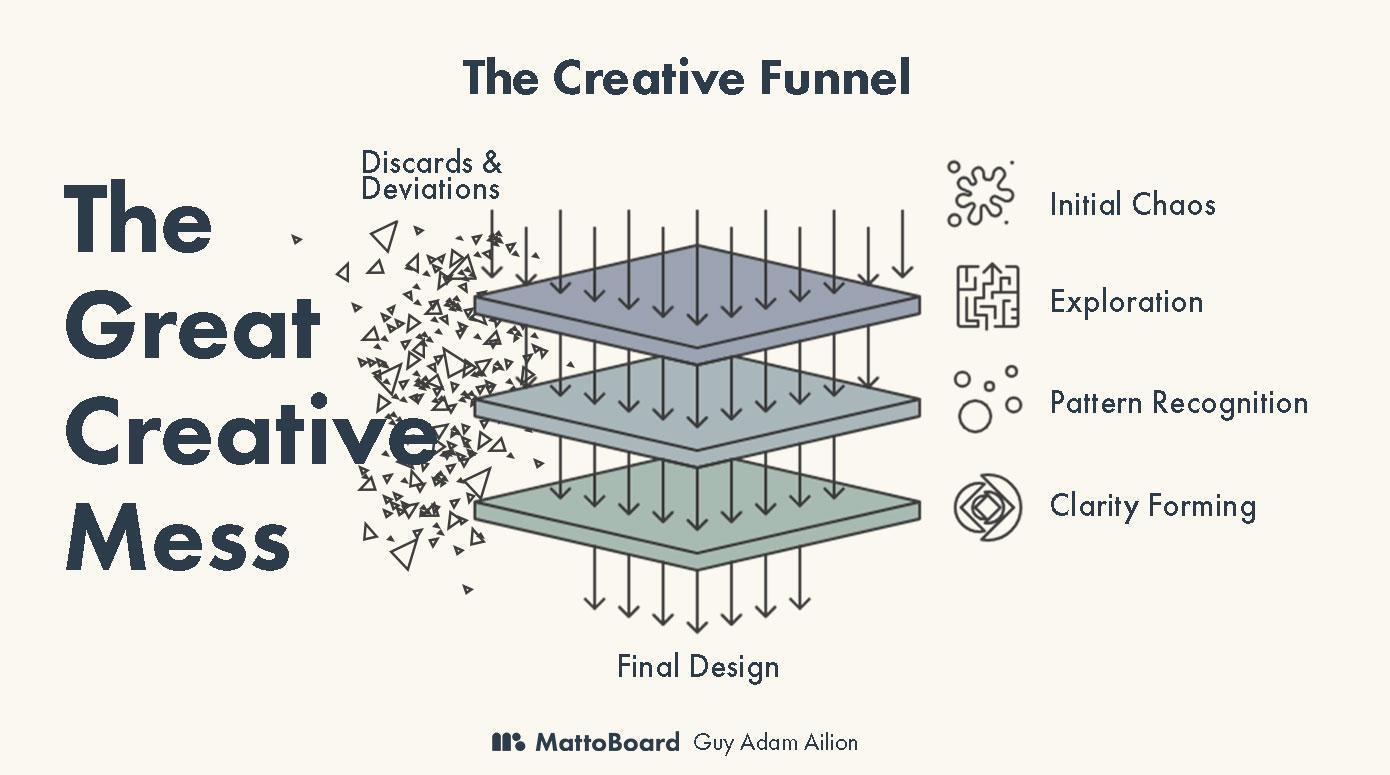
The Great Creative Mess
Here’s a truth every designer knows, and I certainly do having spent 20 years designing luxury homes:
The real magic of design doesn’t happen at the end – or when you hit the ‘imagine’ button, today. It happens in the middle. In the middle of a controlled chaos surrounded by a giant mess.
This mess might literally be shards of stone and dust for a marble sculptor, or hundreds of folders named Final_Final_FINAL, or more recently it’s 67,000 generated images of a cat, aka AI slop.
But it’s also in the napkin sketches, the half-finished boards, the 70 saved tabs, the forgotten screenshots, the conflicting client requests, the second-guessing, and the paradox of choice.
This mess is the evidence of our craft. It’s our Great Creative Mess. Full of discards and deviations.
And the Great Creative Mess is where the real work happens. It’s where the flow state lives. Where happy accidents spark new ideas. Where options multiply. Where patterns start to form – and then distill into clarity.
Good designers don’t fear the mess. They need it.
If we design Practical AI tools the right way – tools that remove friction, automate the boring parts, and speed up the heavy lifting – the mess doesn’t disappear. It gets bigger. And that’s a good thing.
Because more mess means more exploration. More ideas. More combinations. More ways to get better, faster.
But only if the AI is built inside the act. Not on the sidelines. Not as an afterthought. But inside the Great Creative Mess – where the real work lives.
That’s where Practical AI belongs.
Ok, let’s get clear on the difference between Fictional AI and Practical AI for real-world designers.
Fictional AI vs Practical AI (Fuelled by Functional AI)
Here’s how I’m defining it for real-world designers:
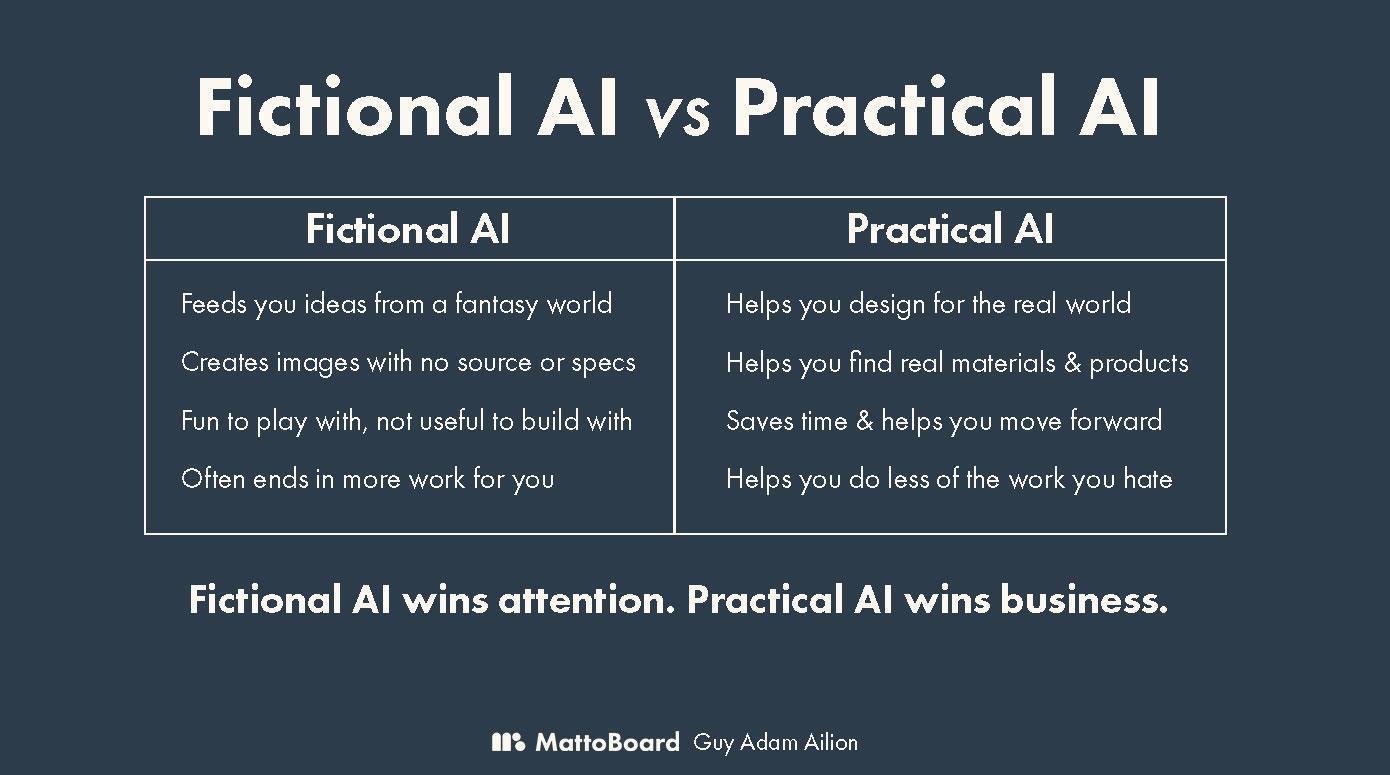
And most AI tools right now? Fictional.
But the ones that will win? Practical.
Fictional AI and Practical AI refer to the applications we use, the tools we play with, the interfaces we engage with. They are all the ‘Application layer’, and they are fueled by a ‘Foundation Layer’ we’ll call Functional AI for this article.
Functional AI
Functional AI exists beneath these applications, often referred to at the ‘Foundation Layer’. It is the Large Language Models (LLM) or foundational models that provide the infrastructure to support and fuel all the applications at the top. So without Functional AI there is no Practical AI and Fictional AI solutions. Functional AI is the life blood for both Fictional AI applications and Practical AI applications. But we are here to talk about the Fictional AI and Practical AI tools for the future.
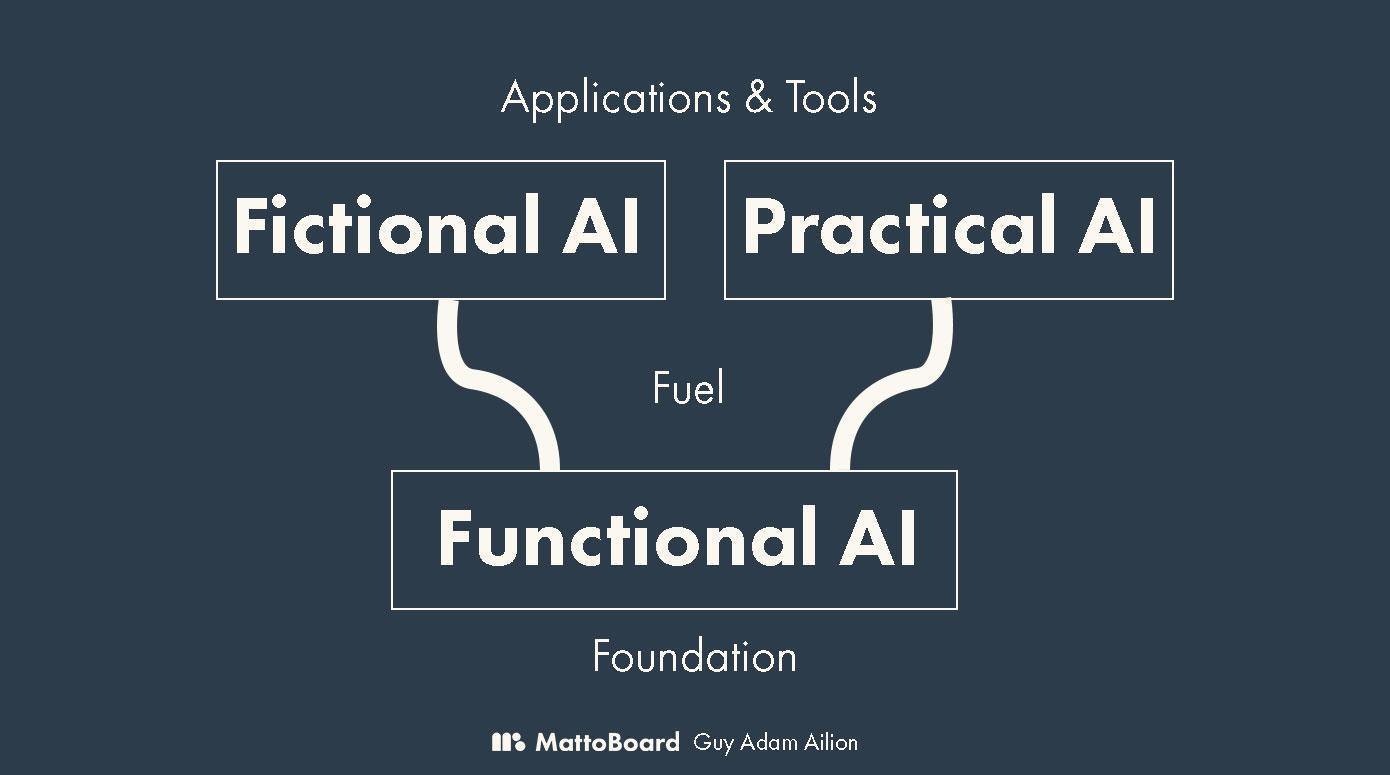
The problem with Fictional AI for real-world designers, and why they need Practical AI
Real-world designers like Interior Designers and Architects aren’t here for fantasy.
These are professionals who balance value, time, and quality like second nature. They’re crafters, not artists. They build things you touch and feel. They make hundreds of tiny decisions every week. And they have a sharp nose for sniffing out what’s real — and what’s fluff.
They’re not looking for AI tools that generate dreamy, otherworldly images with imaginary products, impractical staircases and chairs that don't exist. Yes, they might get clicks on Instagram. Capture eyeballs in deep scroll states. Boost ideation. But try presenting that to a real client, on a real budget, with real contractors – and it falls apart fast – as these frustrated designers sick of AI attest to.
Their design flow is built on pulling references, sampling finishes, cross-checking availability, nudging an idea into place – not by typing a prompt and hoping for the best.
We’ve all seen those AI-generated interior design renders that look like they came out of a sci-fi movie. They’re beautiful. Hypnotic, even.
But they aren’t usable. (Yet)
The stone doesn’t exist. The sofa isn’t to scale or cannot be interrogated. The lighting and flooring does not pass code. And good luck trying to source any of it.
It’s not just about accuracy – it’s about relevance. These tools don’t understand the real work of design. They’re not built for that job. They’re built to challenge our imagination. To fantasise.
However, real-world designers don’t want to waste time cleaning up fantasy. They want tools that help them move faster toward a real result.
So for real world designers:
Fictional AI delivers fantasy outputs: un-sourceable, non-spec’d images that entertain but can’t be built on.
Practical AI lives inside the design process: it speeds up real tasks, finds actual materials, generates images with real materials, automates admin, and keeps you in flow.
And that’s why designers don’t want Fictional AI.
They want Practical AI.
What designers actually need – practical AI tools
Designers need help where it counts, making easier the administrative tasks and cognitive processes that get in the way of the design process, like:
Speeding up moodboards and material selection.
- Managing clients and teams collaboration and inputs.
- Finding products quickly that are actually available.
- Turning ideas into real specs faster.
- Cutting down on admin and sample ordering.
- Reducing endless scrolling and death by a 1000 open tab.
- Contextually aware suggestions of relevant products & ideas actually integrating.
- Value engineering that is instant and non repetitive.
It’s not about showing off. It’s about showing up — at the right moment, with the right tool, and not interrupting your flow.
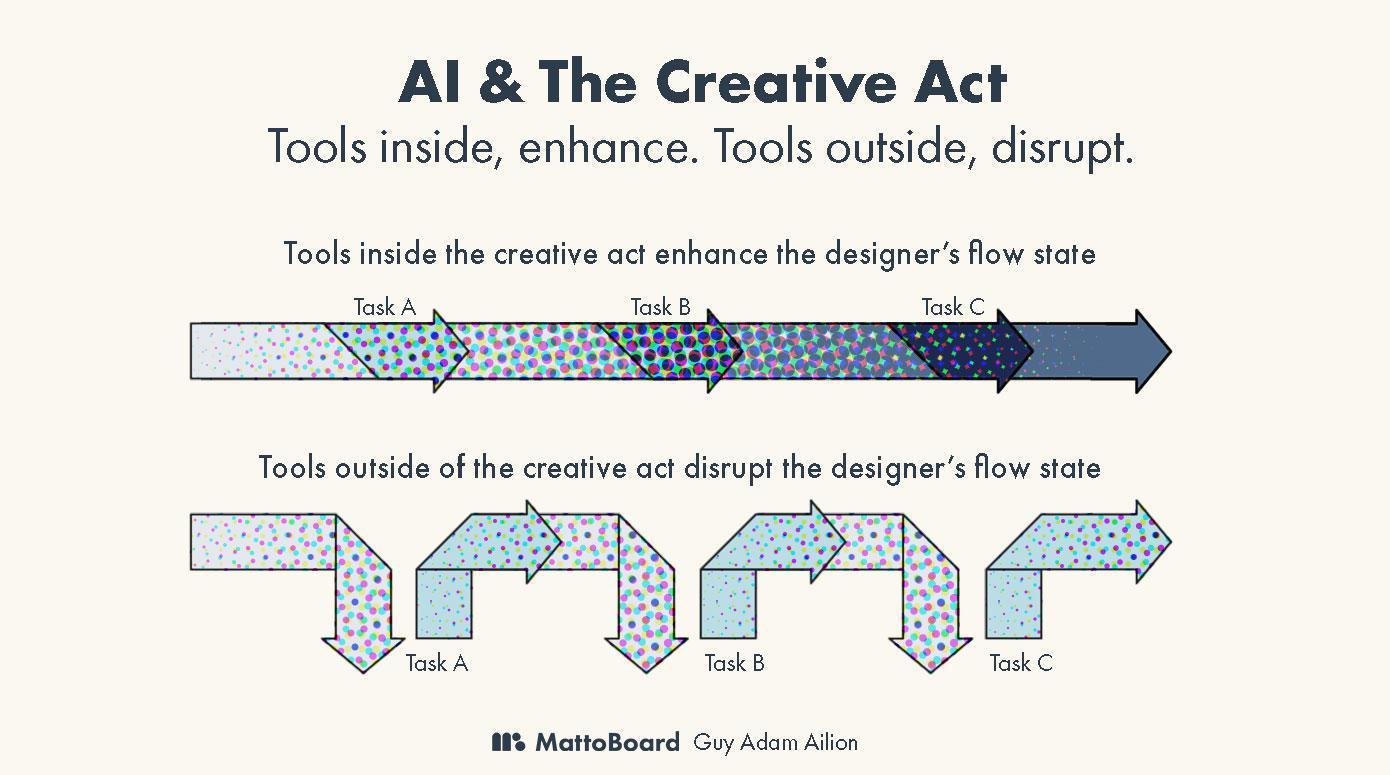
Outside the act of creation: What today’s AI tools get it wrong.
This is where most tools — even the ones calling themselves “practical” — miss the mark
They sit outside the designer’s act of creation. They build for the output, not the creative process. They ask you to step out of your flow, switch apps, follow rules, translate your intuition into dropdowns and commands. Like the database website designed with yesterday’s thinking. This approach is not the future of design tools.
Because that’s not how designers work.
Designers think through the creative act of doing.They shape ideas by moving materials, trying options, and reacting to feedback in real-time. The act of creation is not just the moment you press “render” – it’s the whole messy, intuitive, back-and-forth path to getting there.
Practical AI must be built inside that act. Inside the creative flow, and enhance the flow with practical heavy lifting. It must live inside the creative loop — not stand off to the side with a clipboard.
That’s why the right metaphor isn’t, ‘’the future is a robot assistant.”
It's an exoskeleton.Extra arms. Extra speed. Better reach. But still your hands. Still your craft. Still your vision is in control.
That’s what Practical AI must aspire to be.
What’s the big picture?
The web is shifting. Fast.
For years, it was flat – 2D images and PDFs. But now, we’re entering the 3D era. Designers are already working in space, material, and light. And AI is catching up. Today, AI is a fuel to drive new forms of agents, behaviours, interfaces, and workflow.
But the future won’t be built by the tools that generate one-shot fantasy. It’ll be built by the tools that make the work and act of creativity faster, easier, and smarter – in real life.
With all that in mind, as this stand now, see the AI skills you need to land your dream job this year.
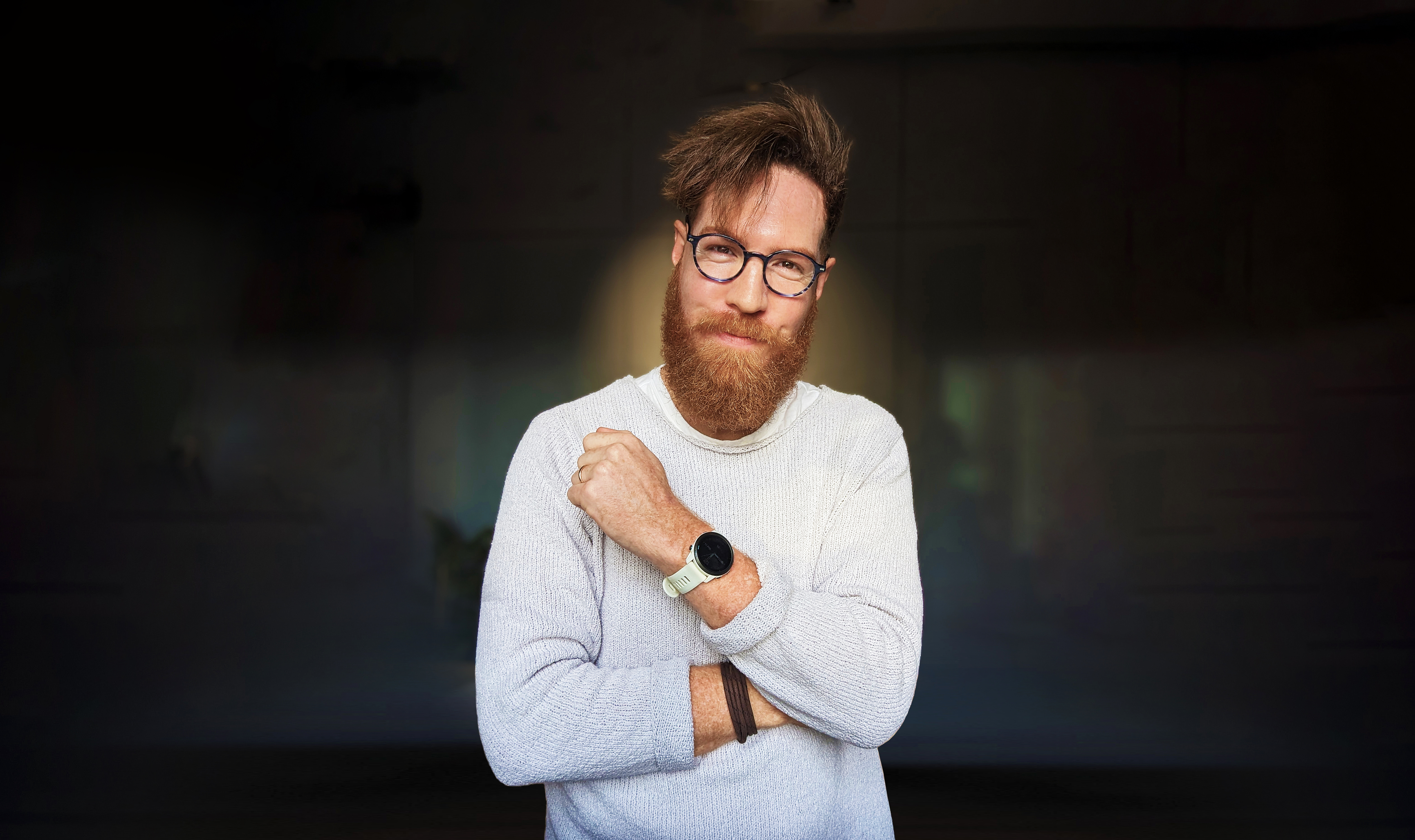
Guy Ailion is the co-founder and CEO of Mattoboard, the 3D interior design platform streamlining visualization and reducing material waste through virtual sampling and an AI Design Stream. He has more than 20 years of architecture and design experience under his belt, and currently serves as a partner at KSR Architects & Interior Designers.
He is also the author of Small Huge, a newsletter for designers.
You must confirm your public display name before commenting
Please logout and then login again, you will then be prompted to enter your display name.
